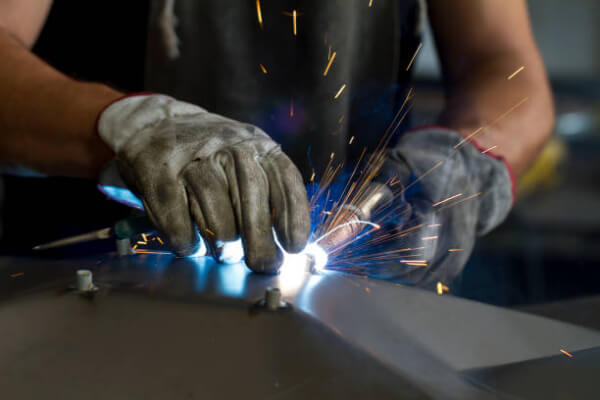
With CNC systems, a skilled CNC programmer first digitally designs a part or product using CAD software. The software generates detailed designs, including complex dimensions and shapes. These digital designs are then translated into machine-readable instructions, or G-code, that control the movements and actions of the CNC machine.
Here is the step by step process:
There are many types of CNC machine operations to meet specific manufacturing needs. These operations include everything from cutting and shaping materials to adding intricate details. Here are some of the main types:
CNC milling uses a rotating cutting tool to remove material from a workpiece to create the desired shape. It’s like precision carving. Milling machines can produce both 2D and 3D shapes, making them useful in the aerospace, automotive and electronics industries.
CNC turning rotates the workpiece as the cutting tool works on it. Cylindrical parts often use it such as shafts and bolts. It is like using a lathe, but controlled by a computer, with greater precision and consistency.
CNC drilling machines can drill holes in materials with great precision. Think of it as a digital drill that makes holes exactly where you want them and is commoly used in metalworking and woodworking.
This process uses high energy lasers to cut materials. It is widely used to create intricate designs on a variety of materials, from metals to plastics. Lasers are highly accurate and can create complex patterns.
CNC plasma cutting uses a superheated plasma beam to cut conductive materials such as metal. It is fast and suitable for cutting thicker materials. And metal fabrication and construction often use it.
This technology uses high-pressure water mixed with abrasives to expertly cut a wide range of materials. Waterjet cutting excels at cutting fragile materials such as glass and intricate patterns.
A CNC router is used to hollow out areas of a material, such as carving patterns into wood or creating detailed designs on plastic surfaces. It is like a digital engraving machine that can create complex shapes with precision.
Although not traditionally thought of as a CNC technology, 3D printing involves additive processes that create three-dimensional objects by adding material layer by layer. CNC 3D printers produce complex parts and prototypes from digital designs.
EDM uses controlled electrical discharges to shape materials. It is suitable for creating high-precision and complex metal shapes that may be too hard for traditional machining.